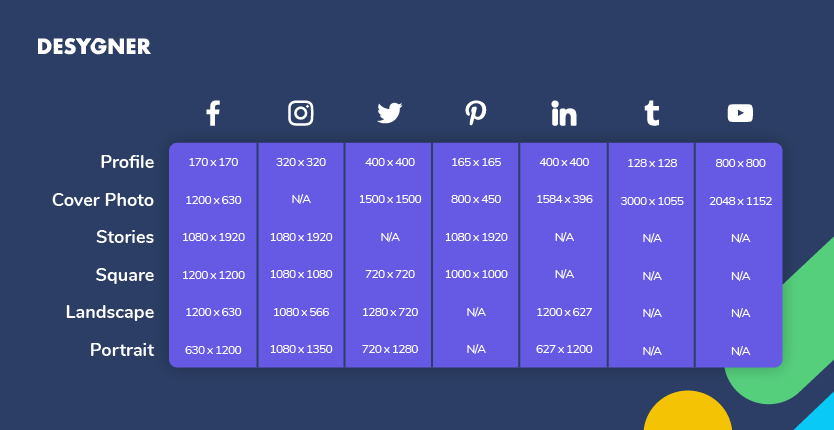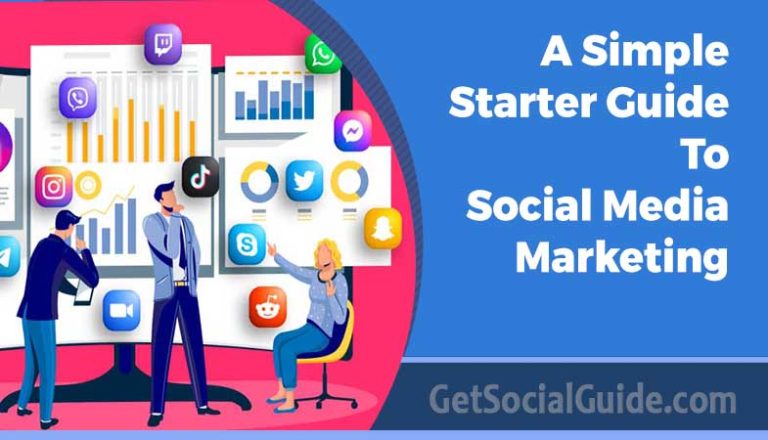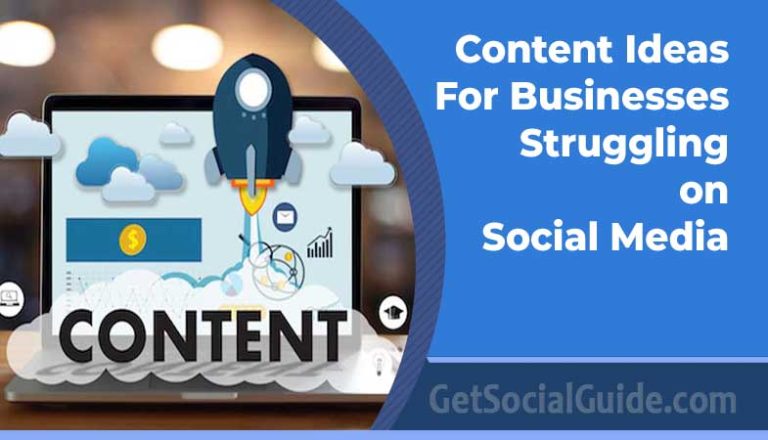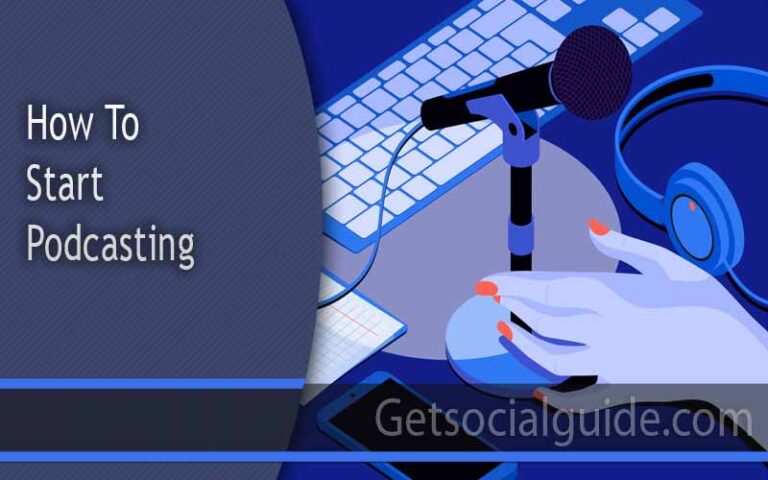Introduction
In today’s digital age, social media has become an integral part of our lives. Whether you’re a business owner, marketer, or an individual looking to connect with others, social media platforms offer a powerful medium to share your message and engage with your audience. One key aspect of creating an impactful social media presence is optimizing your visual content, and that starts with understanding the right image sizes for each platform. In this comprehensive guide, we’ll explore the optimal image sizes for popular social media platforms, providing you with the knowledge and tools to enhance your social media strategy.
Visually appealing content that looks great across platforms like Facebook and Pinterest can be challenging without proper guidance. That’s why we have taken the initiative to provide you with a comprehensive guide.
Our guide covers the different sizes and dimensions you need to know to ensure your social media accounts not only look impressive but also function optimally. By following these recommendations, you can enhance the visual appeal of your content and achieve the desired results on these platforms.
When it comes to social media, first impressions matter. The images you choose to share play a crucial role in attracting attention, conveying your message effectively, and maintaining a professional and cohesive brand image. By using the correct image sizes, you ensure that your visuals appear crisp, clear, and visually appealing across different devices and platforms.

Facebook Image Sizes
Profile Picture (180 x 180 pixels)
Your profile picture is your digital face on Facebook. It appears on your profile, timeline, and alongside your posts and comments. To ensure your profile picture looks its best, upload an image that is 180 x 180 pixels. Facebook will automatically resize it to fit within a circular frame.
Cover Photo (820 x 312 pixels)
The cover photo is the large banner image displayed at the top of your Facebook profile or page. To make the most of this prominent space, upload an image with dimensions of 820 x 312 pixels. Be mindful of the placement of your profile picture, as it overlays a portion of the cover photo.
When sharing images on your Facebook feed, the optimal size is 1200 x 630 pixels. This size ensures that your image looks great on both desktop and mobile devices. Remember to consider the aspect ratio to avoid cropping important elements of your image.
Event Image (1920 x 1080 pixels)
If you’re organizing an event on Facebook, using an event image with dimensions of 1920 x 1080 pixels will provide the best results. This size ensures that your event image appears vibrant and eye-catching in event listings and invitations.
Facebook Ad Sizes
Facebook offers various ad formats, each with its own recommended image size. Here are some common ad sizes:
- Image Ads: 1200 x 628 pixels
- Carousel Ads: 1080 x 1080 pixels
- Collection Ads: 1200 x 628 pixels
- Instant Experience Ads: 1080 x 1920 pixels
Twitter Image Sizes
Profile Picture (400 x 400 pixels)
Your Twitter profile picture is a small but essential element of your online identity. Opt for a square image with dimensions of 400 x 400 pixels. Twitter will resize it to fit within a circular frame.
Header Photo (1500 x 500 pixels)
The header photo is the large banner image displayed at the top of your Twitter profile. To make the most of this visual real estate, use an image with dimensions of 1500 x 500 pixels. Be mindful of any text or logos in the lower-left corner, as it may be obstructed by your profile picture.
When sharing images on Twitter, aim for an optimal size of 1200 x 675 pixels. This size ensures that your image appears well on desktop and mobile devices without losing clarity or important details. Consider using Twitter’s recommended 2:1 aspect ratio to maximize visibility.
Twitter Card Image (800 x 418 pixels)
Twitter cards allow you to attach rich media, such as images, to your tweets. For the best visual impact, use an image size of 800 x 418 pixels when creating Twitter cards. This size ensures that your image stands out and entices users to engage with your tweet.
Instagram Image Sizes
Profile Picture (110 x 110 pixels)
Your Instagram profile picture is a key component of your visual identity on the platform. Opt for a square image with dimensions of 110 x 110 pixels. Instagram will display it in a circular frame, so ensure your important elements are centered within the square.
Feed Posts (1080 x 1080 pixels)
When posting images to your Instagram feed, the ideal size is 1080 x 1080 pixels. This size ensures that your images are sharp, vibrant, and visually appealing on all devices. Instagram supports other aspect ratios as well, but square posts remain a popular choice.
Stories (1080 x 1920 pixels)
Instagram Stories are a fantastic way to engage with your audience through temporary visual content. To create stunning and immersive stories, use an image size of 1080 x 1920 pixels. This size ensures that your images cover the entire screen without any cropping.
IGTV Cover Photo (420 x 654 pixels)
If you’re sharing long-form videos on Instagram’s IGTV platform, your cover photo should have dimensions of 420 x 654 pixels. This size ensures that your cover image represents your video content accurately and entices viewers to watch.

LinkedIn Image Sizes
Profile Picture (400 x 400 pixels)
Your LinkedIn profile picture is your professional representation on the platform. Opt for a square image with dimensions of 400 x 400 pixels. LinkedIn will display it in a circular frame.
Background Image (1584 x 396 pixels)
The background image on your LinkedIn profile adds visual interest and helps to reinforce your personal or company branding. Use an image with dimensions of 1584 x 396 pixels to ensure it displays properly across various devices.
When sharing images on LinkedIn, the recommended size is 1200 x 627 pixels. This size ensures that your images appear clear and visually appealing in users’ feeds and across different screen sizes. Focus on creating high-quality images that represent your professional identity.
Company Page Logo (300 x 300 pixels)
If you’re managing a company page on LinkedIn, ensure your logo is optimized for the platform. Use an image size of 300 x 300 pixels to ensure your logo looks sharp and well-defined on your company’s page.
Pinterest Image Sizes
Profile Picture (165 x 165 pixels)
Your Pinterest profile picture is an essential element of your brand identity on the platform. Opt for a square image with dimensions of 165 x 165 pixels. Pinterest will display it in a circular frame.
Pins (1000 x 1500 pixels)
Pins are the primary visual content on Pinterest. When creating pins, the recommended size is 1000 x 1500 pixels. This size ensures that your pins stand out and appear visually appealing in users’ feeds. Aim for vertical pins with a 2:3 aspect ratio for optimal visibility.
Board Cover Image (800 x 450 pixels)
Board cover images add visual appeal to your Pinterest boards and help users navigate your content easily. Use an image size of 800 x 450 pixels for your board covers. This size ensures that your cover images are clear, well-defined, and visually enticing.
Frequently Asked Questions (FAQs)
Q: What is the recommended size for Instagram profile pictures?
A: The recommended size for Instagram profile pictures is 110 x 110 pixels.
Q: How can I optimize my Facebook cover photo?
A: To optimize your Facebook cover photo, use an image size of 820 x 312 pixels and ensure that important elements are placed away from the profile picture overlay.
A: No, each social media platform has its own recommended image sizes. It’s important to optimize your images based on the specific platform’s requirements for the best visual impact.
A: Using the correct image sizes ensures that your visuals appear clear, professional, and visually appealing on different devices and platforms. It helps maintain a cohesive brand image and attracts attention from your target audience.
Q: Can I resize an image without losing quality?
A: While resizing an image may result in some loss of quality, using high-resolution images and properly optimizing them can minimize the impact and maintain a good visual experience.
A: Yes, there are several online tools and image editing software available that can help you resize images for social media, such as Adobe Photoshop, Canva, and Pixlr.
Conclusion
Optimizing your social media visual content is crucial for creating an engaging and professional online presence. By using the correct image sizes for each platform, you ensure that your visuals look their best and convey your message effectively. Remember to consider the unique requirements of each social media platform and adapt your visuals accordingly. Keep this comprehensive guide handy as a reference to optimize your social media image sizes and elevate your brand’s online presence.



